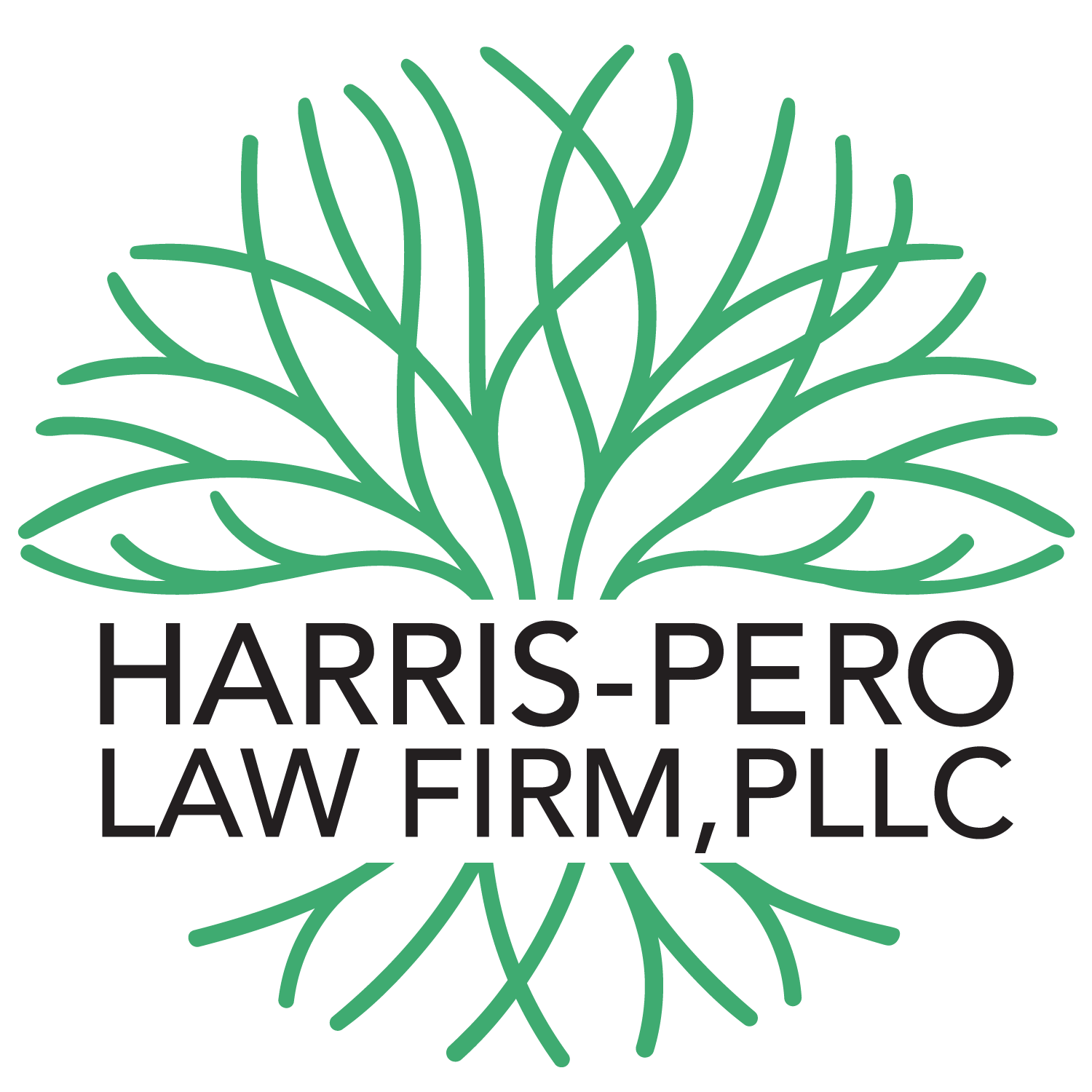Medicare vs. Medicaid: Do you know the difference?
Medicare and Medicaid sound similar. Both are government-sponsored health insurance programs. However, they each have very different age and income eligibility, coverage and services. Knowing the difference is important – especially for seniors and their families, seeking help with the cost of nursing home care.
Below, we’ve outlined what you need to know about Medicare and Medicaid. If you still have questions, or are interested in the steps you can take to maximize your eligibility, schedule a complimentary 15-minute phone call with a member of our team.
What is Medicare?
Medicare is a national health insurance program run by the federal government. It is open to citizens or legal aliens who have resided in the U.S. for at least five years and are:
Over the age of 65
or
Have been diagnosed with a disability (after receiving SSDI for 24 months) or certain serious illnesses (such as ALS or end-stage renal disease).
Important: Unlike Medicaid, eligibility for Medicare is not based on your income or assets.
Parts of Medicare
There are several components to Medicare. The original benefit only includes Parts A and B (see list below). Additional parts (coverages) can be purchased separately through private health insurance to provide you with more comprehensive health benefits.
Part A: Helps pay for hospital stays and inpatient care (you may pay a premium for Part A depending on your work history).
Part B: Helps pay for doctor visits and outpatient care.
Part C: Medicare Advantage Plans (like HMOs and PPOs). These combine Part A (hospital insurance) and Part B (medical insurance) into one plan that often includes prescription drug coverage.
Part D: Prescription drug coverage (a benefit delivered through private insurance plans).
Medicaid Enrollment
Important: Medicaid Enrollment for Parts A and B is automatic for anyone receiving Social Security benefits, Railroad Retirement Board benefits, or those with ALS.
You should receive an initial enrollment package in the mail, about three months before you turn 65. Or, in your 25th month of receiving Social Security Disability (if disabled). Those with ALS will receive it in the month their disability begins.
Important: If you are not taking Social Security at age 65, you must enroll yourself.
If you are still working and over age 65, you can keep the Medicare Card that was sent to you to accept Medicare Parts A and B. Or you can return it and refuse Part B if you are on a group health plan at work. We typically advise clients to talk with their employer benefits administrator before deciding whether to refuse Part B.
Medicare and Long Term Care
It is important to note that Medicare does not cover long-term care costs (nursing home, assisted living), unless you become eligible for a skilled nursing facility such as rehabilitation. Then, Medicare may pay a portion for up to 100 days.
Long term care coverage is often a big misconception when we sit down to discuss estate planning with our clients. While Medicaid may cover long term care, keep reading to understand how it is tied to your assets and income.
What is Medicaid?
Medicaid is also a national insurance program, but jointly funded by federal and state governments and administered by each state. Unlike Medicare, your income and assets determine whether you are eligible.
There are two basic Medicaid eligibility programs:
1) “MAGI” Medicaid
(includes Affordable Care Act or “Obamacare” coverage)
· Families, singles and couples under 65 that do not have Medicare.
· Disabled persons under 65 awaiting eligibility for Medicare.
2) “Non-MAGI” Medicaid
· Persons 65 or older who are disabled, aged, or blind.
· Can have both Medicaid and Medicare
Resource Allowance Rates
Unlike Medicare, your income and resources (assets) must be below specified thresholds in order to qualify, known as Resource Allowance Rates. This is especially important for those individuals seeking assistance with nursing home costs.
Those living in a nursing home and receiving Medicaid must have most of their income (Social Security and any retirement income) applied to the nursing home cost. The exception is $50/month for incidentals. If you qualify, Medicaid will cover the difference.
Important: There are also rules for how much the spouse living at home (not in a care facility) may keep when the other spouse is on Medicaid.
The chart below shows the resource allowance rates for eligibility. Your resource allowance is the value of countable assets in your name to still qualify for Medicaid.
2023 Medicaid Institutional (Nursing Home) Allowance Rates
(value of countable assets in your name to still qualify for Medicaid)
Individual
Resource Allowance – Individual: $30,182.00 (value of countable assets in your name)
Income Allowance - Individual: $50/month (amount you keep for incidentals)
Couple
Resource Allowance - Couple: $40,821.00
Minimum Monthly Maintenance Needs Allowance (Income) for Community Spouse: $3,715.50
Community Spouse Resource Allowance: $158,620.00
Many of the clients we work with are considering “Non-MAGI” Medicaid for assistance with long-term care costs. They are over the income and or asset limit(s), but their cashflow or liquidity may not be enough to afford their cost of care.
There are ways for New York senior residents to plan ahead to qualify for Medicaid if they do not currently meet the financial eligibility requirements. We work with many families on creating a plan with a variety of strategies to help mitigate nursing home expenses while simultaneously safeguarding family assets.
Planning Ahead
Every individual situation is different, but planning ahead before you need long term care provides the most options. To discuss how Medicare and Medicaid impact your family and how to set the optimal plan for your specific needs, contact us to schedule a complimentary 15-minute consultation.
If you’re ready to get started with planning, call us at: 518-860-5668 or email our team to set up an in-person meeting: info@saratogawills.com

